
Police called due to out-of-control crowd, sparking a heated debate on resellers in Japan.
Ever since Sony’s PlayStation 5 was released in November, gamers around the world have been struggling to get their hands on one of the long-awaited next-gen consoles.
So when people in Japan heard news of a retailer in Akihabara possibly releasing a batch in a surprise “guerilla sale”, word soon spread around the Internet, and scenes of chaos ensued on sale day.
▼ On the morning of 30 January, hopeful customers lined up outside electronics retail giant Yodobashi Camera well before it opened.
アキバヨドバシ、やばい。めっちゃおるやん!#ヨドバシ #アキバ #ps5 pic.twitter.com/3gpSSFWR7E
— LOPE-CHIÑO (@LOPECHIY) January 30, 2021
This video shows people milling about the store before the release, on standby to race forward as soon as the PS5s became available.
PS5今日は来るだろうと思いヨドバシ秋葉原来てみると…凄い人…
— ひよこぉぉぉぉ!
みんな待機中 pic.twitter.com/aTwZ9T1Se5(@uetyan01) January 30, 2021
As soon as staff appeared, with a sign often used at events to mark the end of the line in a queue, everyone sprang to action.
一瞬最後尾札持ったスタッフが出てきてたけどほぼ暴動だったからやめたっぽいww pic.twitter.com/mhjzjDIY0G
— シエル (@CIEL_00) January 30, 2021
Photos showed people shoulder-to-shoulder, forming a crowd that eventually ended up surging forward dangerously.
少なくともこのご時世にこのなかに踏み込んでまで買うもんではない pic.twitter.com/DCJ1fqdUKt
— シエル (@CIEL_00) January 30, 2021
この人達がPS5転売して稼ぐ額より
— YAMATO (@yamato__1234) January 30, 2021
左上の日向坂が収入面では格上なの社会の構図っぽくて好き。 pic.twitter.com/Qs3Qa8jBWT
▼ Witnesses say the crowd surge was so strong it pushed the registers back.
秋葉ヨドバシやばすぎwwカウンターぶっ壊れたww
— たけ (@gttae63) January 30, 2021
SwitchのSDカード買いに来ただけなのに#ps5 pic.twitter.com/l8iT4GmdZa
Twitter user Dave Gibson got caught up in the crowd, and he says the store gave no clear instructions to customers about a possible PS5 release, so as soon as about 15 new staff arrived and a large area was cleared, customers gathered in anticipation of PS5 stock appearing.
Gibson says one staff member then appeared, holding a stack of what looked to be about 300 numbered PS5 purchase tickets, and that’s when customers surged forward, to the point where displays were ruined, the cash registers and main sales counter were pushed back into the storage area, customers paying for other goods were pushed out of the way, and staff had to climb onto tables.
▼ Gibson recorded this footage of the scene below.
Oh my God!!!! ヨドバシps5 pic.twitter.com/v2ilIadbFk
— Dave Gibson ⠿ POKEMON(@AJapaneseDream) January 30, 2021
Gibson was hoping to avoid being in such close proximity to others and is now self-isolating after being caught up in the crush. He also went home empty-handed, as about 15 seconds after the crowd surge, staff began yelling for everyone to go home and the sale was cancelled.
▼ About 10 minutes later police arrived to help disperse anyone still loitering about.
秋葉 ヨドバシ 警察来ました pic.twitter.com/HW7KqerdhJ
— illizuvert (@illizuvert) January 30, 2021
When news of the incident spread around Japan, people wondered how such scenes of chaos could be allowed to occur, especially when so many sought-after items in Japan are often sold by lottery or with special systems in place to protect customers from uncontrollable crowds.
Other branches of Yodobashi, like this one at Umeda in Osaka, limited sales of the PS5 to Visa Gold Point Card Plus holders. This card is only available to customers who have purchased more than 200,000 yen (US$1,910) worth of products from the chain, which helps to ensure the valuable PS5s only go out to loyal customers.
PS5の在庫ヨドバシ梅田にあるらしいけど
— YUSUK∃紅茶@Flutter勉強中 (@UWG0579) January 28, 2021
クレカいるらしい pic.twitter.com/Lr1lJDcmLi
This Yodobashi branch at Chiba also limited sales to Gold Point Card Plus holders, with a one-item-per-household policy.
ヨドバシ千葉でps5ゲット
— まいった~@HiMEのiは小文字です!! (@maiodoru_hime) January 30, 2021
アキバと違って静かに購入できた!
店頭で20万円以上購入の条件は強い。。。#ps5 pic.twitter.com/uHMpe44gh0
According to reports, the Yodobashi branch at Akihabara, one of the biggest in the country, had no such restrictions in place, leading many to believe that it became a prime target for resellers.
One week earlier, the same store sold limited stock of PS5s, which sold out straight away. However, that same day, resellers were seen at Akihabara Station with bags of PS5s in their possession.
PS5買いに行こうと秋葉原のヨドバシ行ったら完売していました。
— ひよこぉぉぉぉ!
帰ろうと駅の前まで来ると転売ヤーが沢山のPS5買い漁ってました…
そりゃ本当に欲しい人には行き渡らないわけだ…pic.twitter.com/ltsuCdKBWn
(@uetyan01) January 23, 2021
People online were less than amused at the scenes of chaos at Akihabara, or “Akiba” as it’s commonly known, saying:
“By not taking measures to prevent resales, Yodobashi Akiba is making it even more difficult for real fans to get a PS5.”
“Are they catering to resellers or customers?”
“Reports from people there say they could hear Chinese dialects in the crowd.”
“It’s not just Chinese people who resell, Japanese people do it too.”
“This makes me wonder if Yodobashi is connected to resellers behind the scenes in some way.”
“Definitely not shopping at Yodobashi anymore.”
Reselling has become such a problem in Japan that the Japanese government had to pass a law to prevent the practice in relation to face masks when demand for them was at an all-time high during the initial stages of the pandemic.
The government would do well to consider enacting a blanket law to prevent resellers of all sorts of products, as it’s a problem that persists in all areas, even creating chaos over limited-edition collections at Uniqlo.
However, businesses really need to step up and shoulder some of the responsibility to help honest customers in the fight against resellers before everyone loses faith in big chains, and big names like Sony, forever.
Sources: Jin, Net Lab, Yahoo! Japan
Top image: Twitter/@AJapaneseDream
● Want to hear about SoraNews24’s latest articles as soon as they’re published? Follow us on Facebook and Twitter!


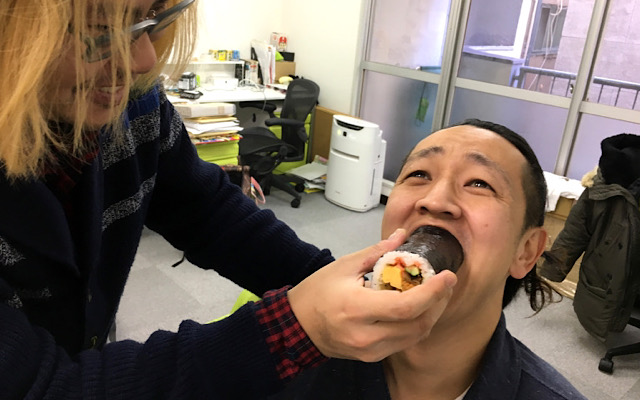
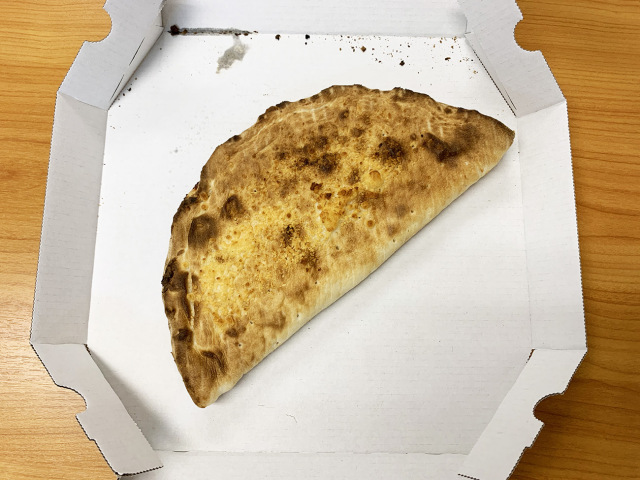
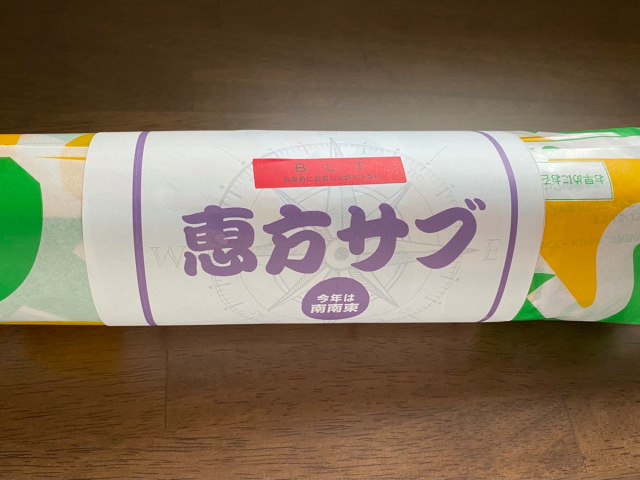
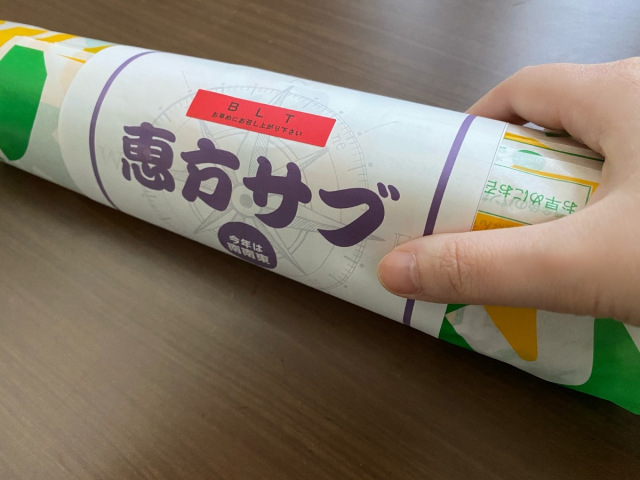
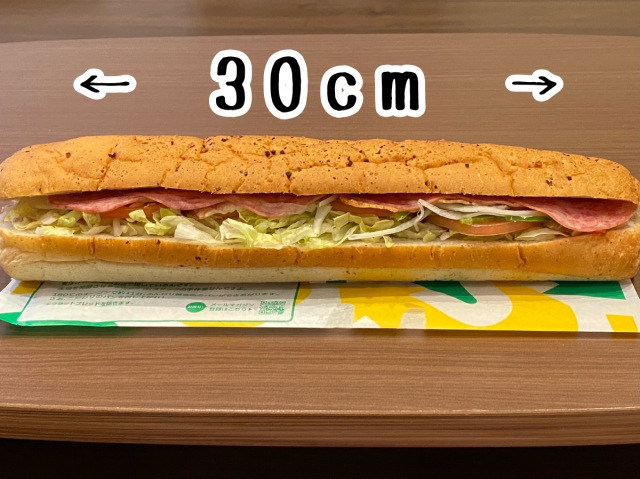
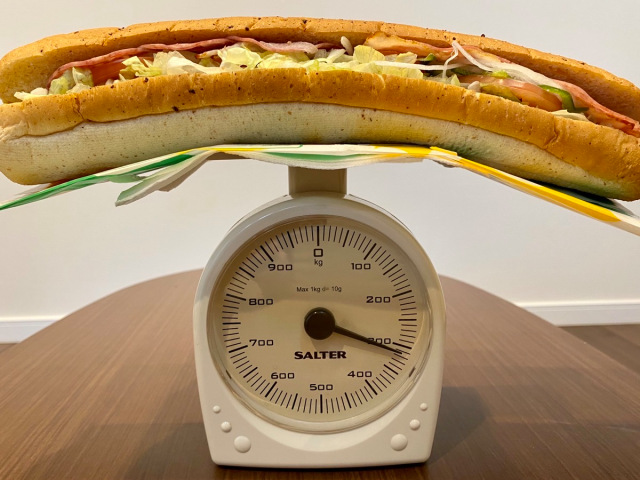
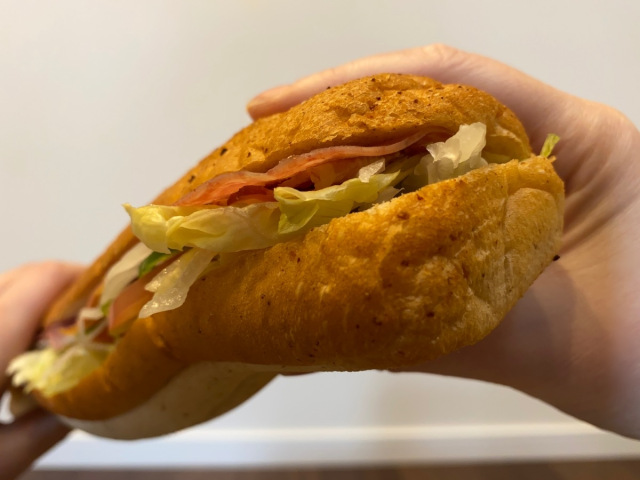

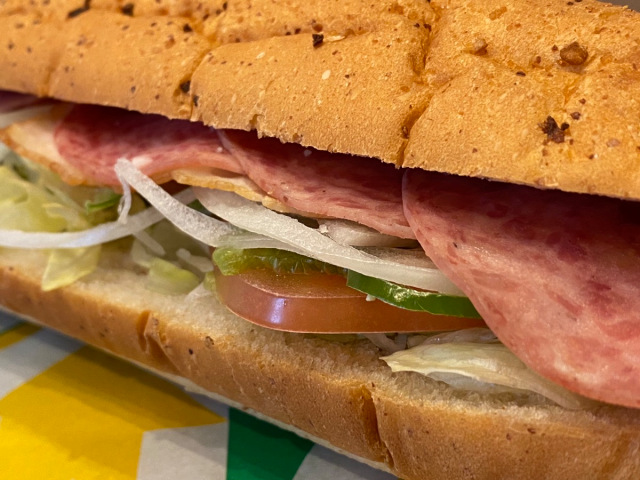
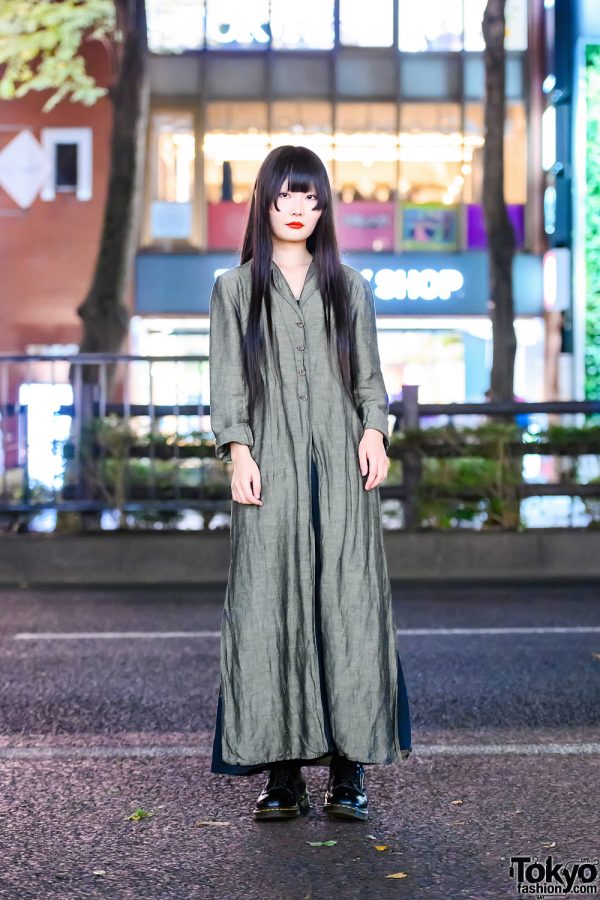
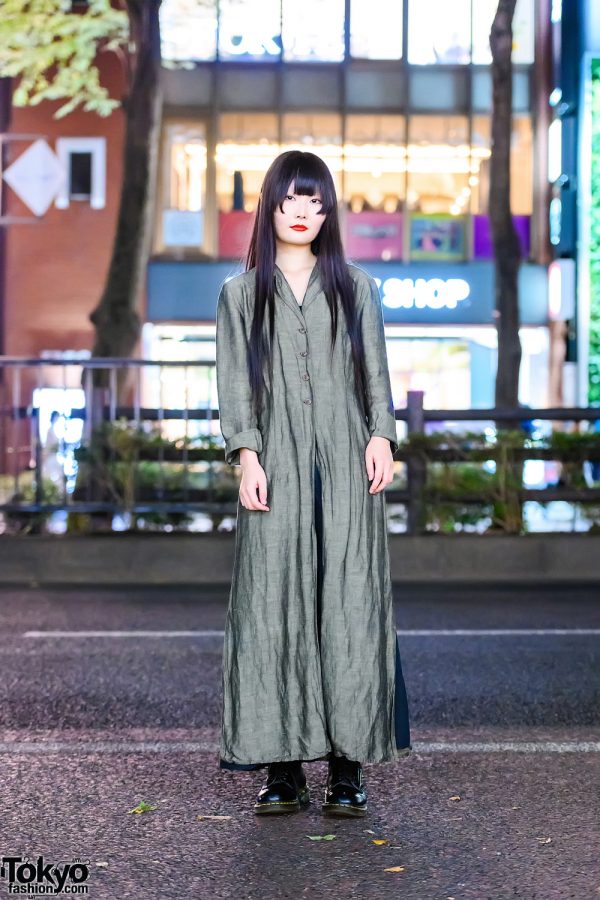
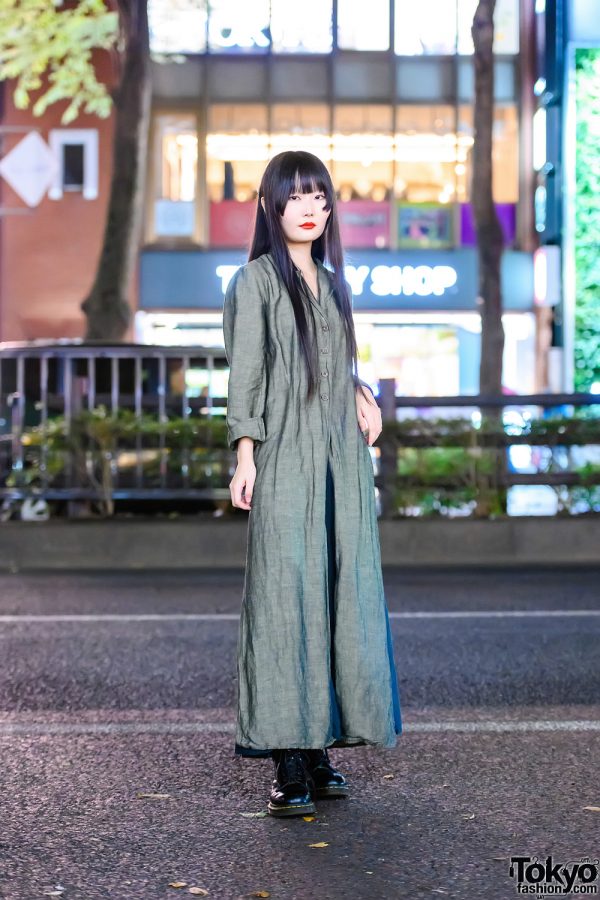
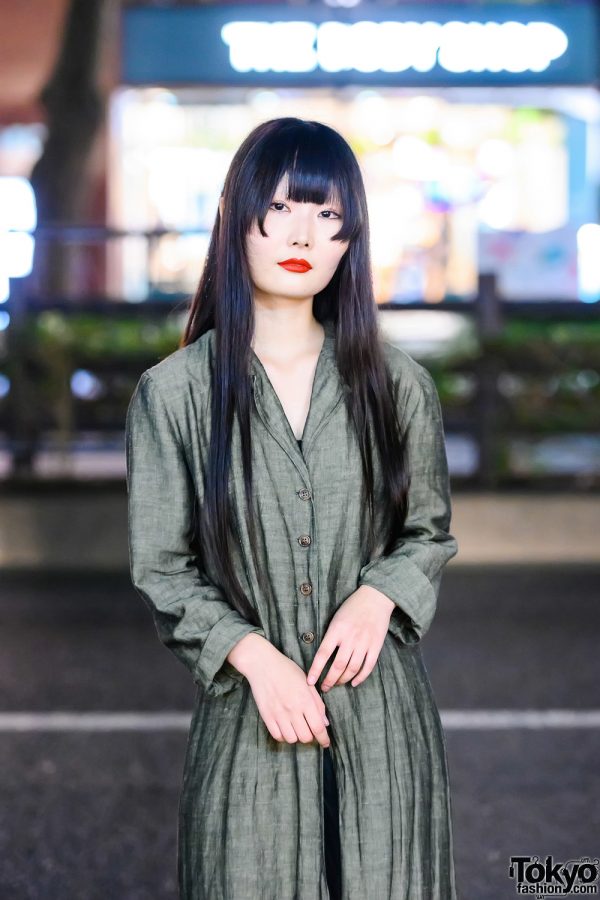
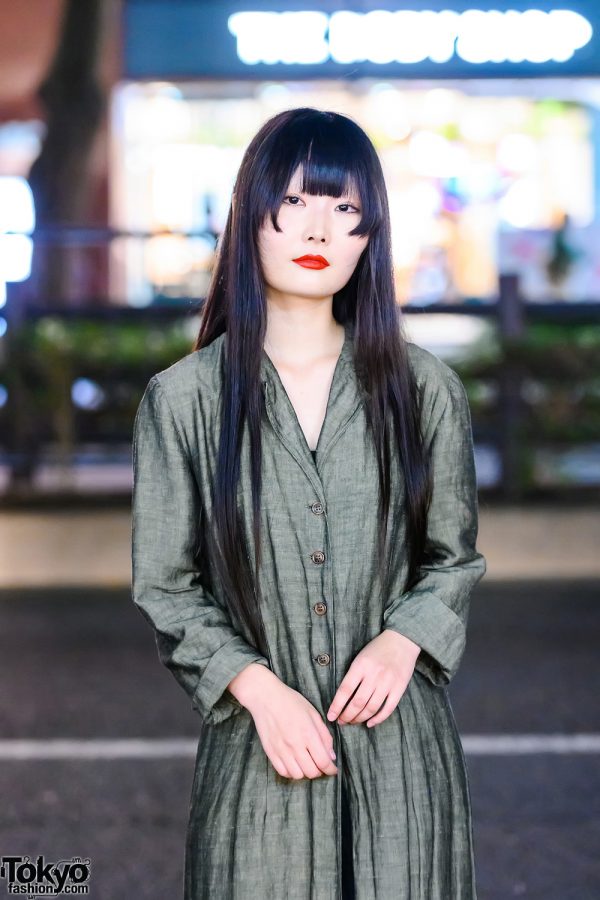
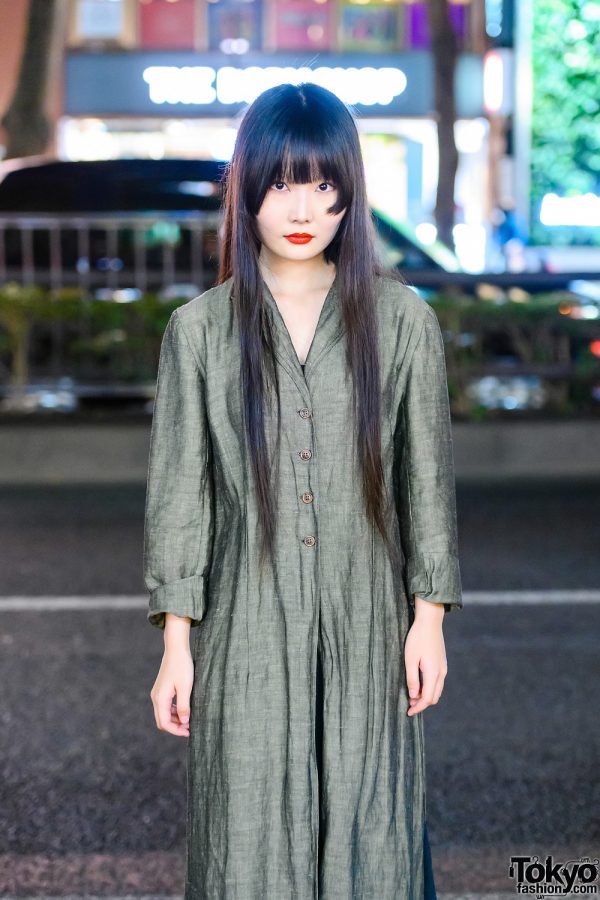
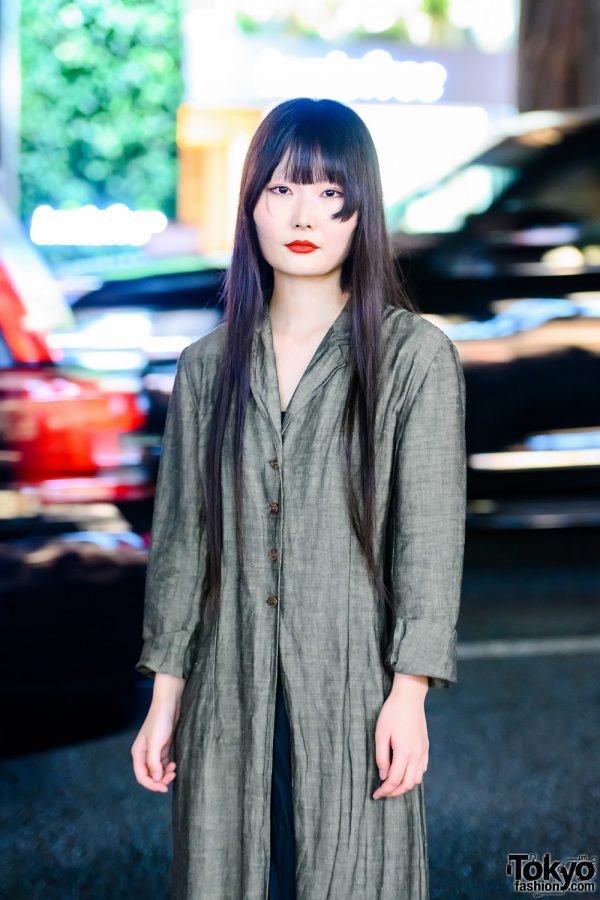
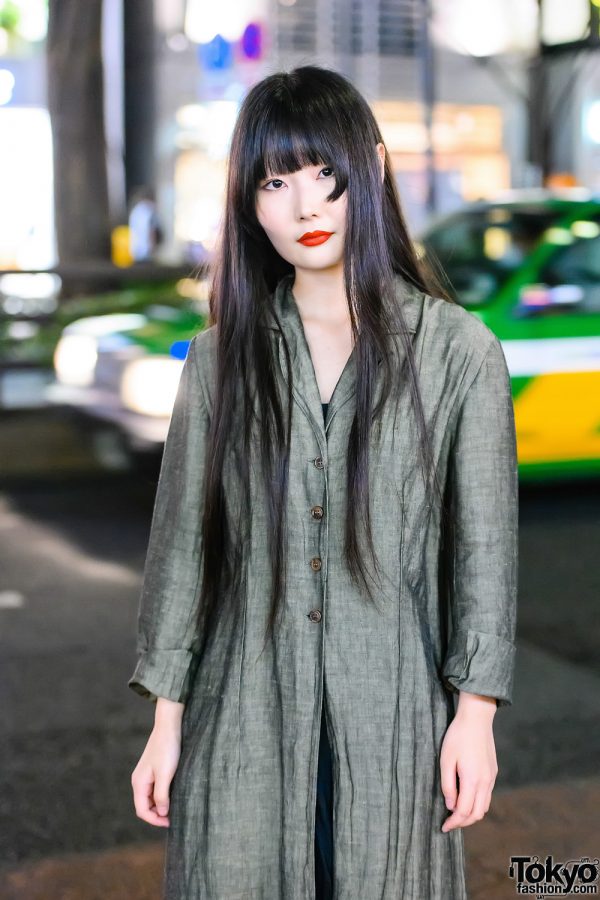
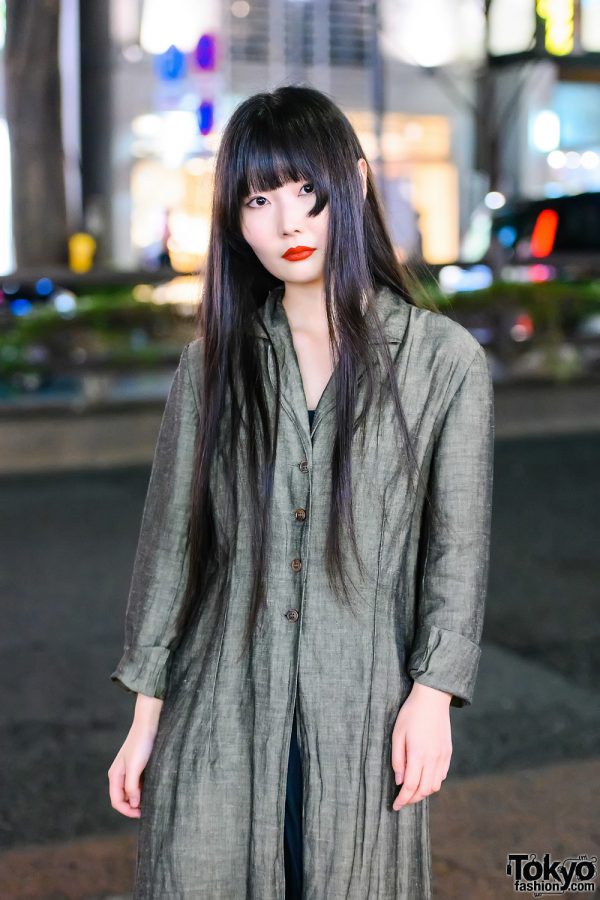
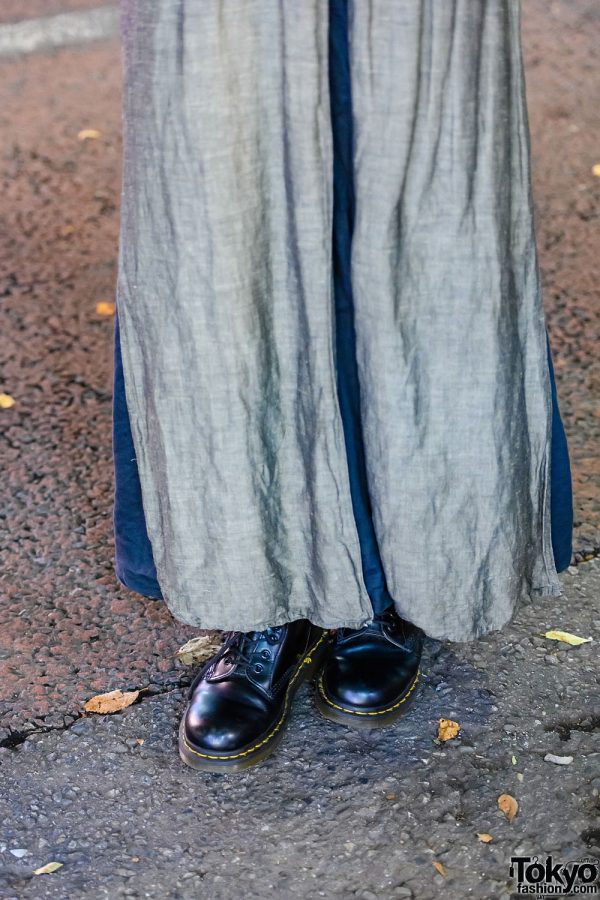


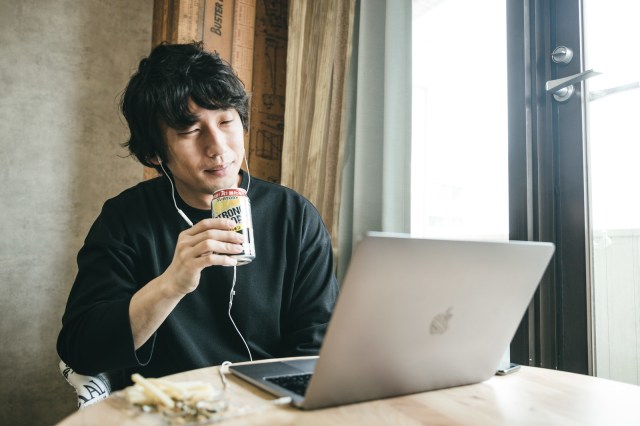
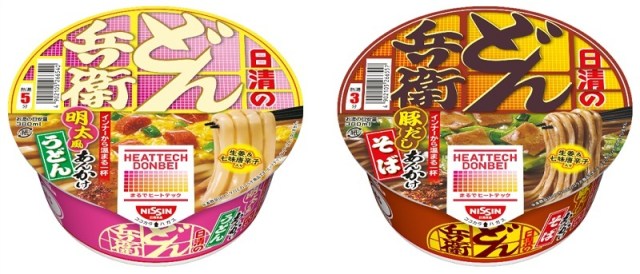
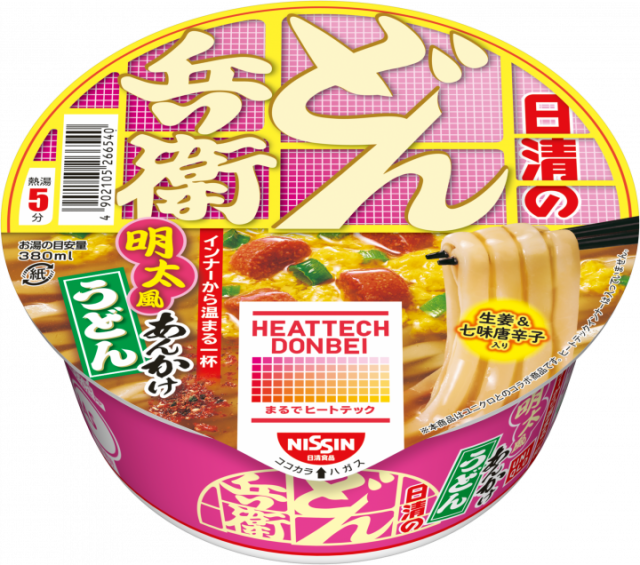
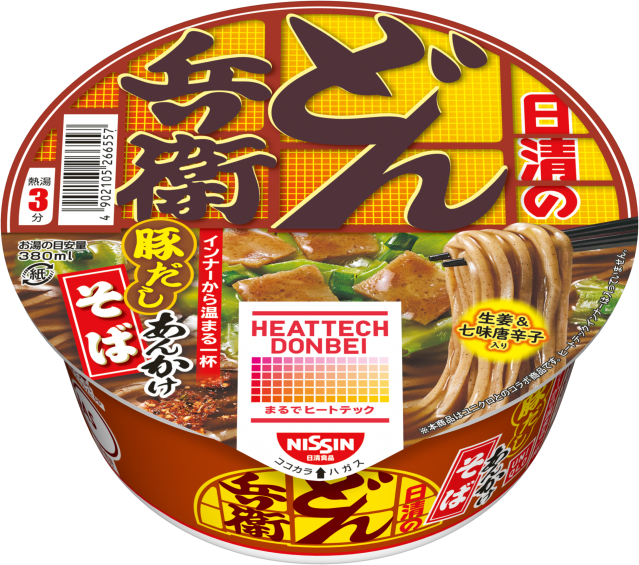
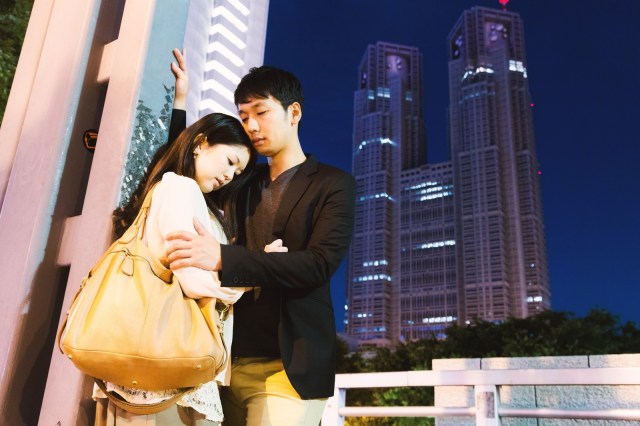
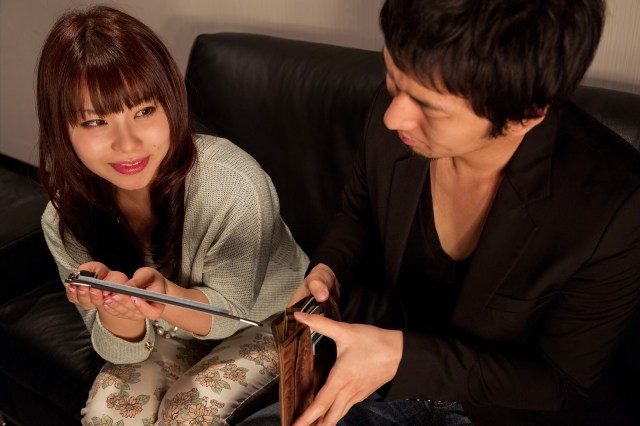
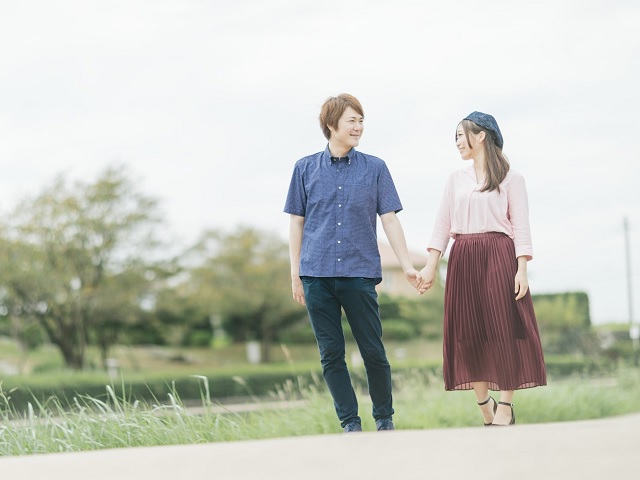
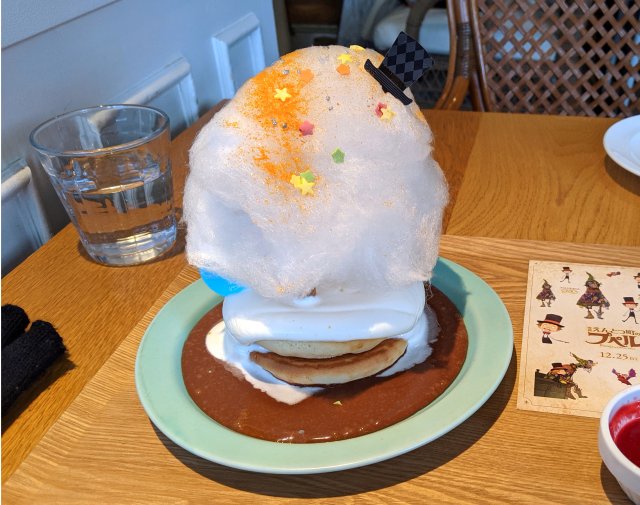
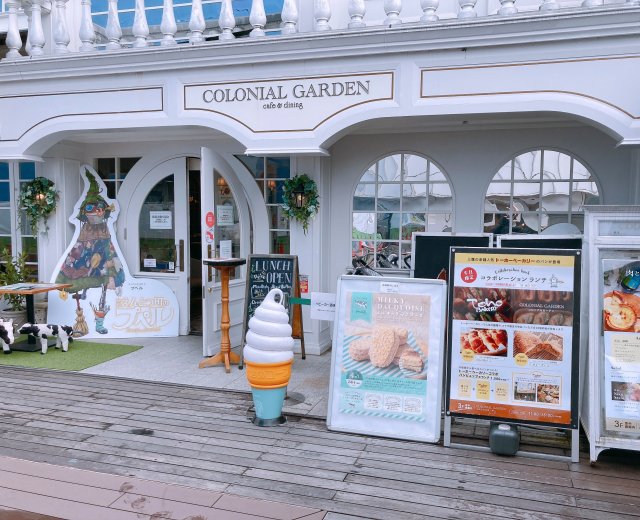
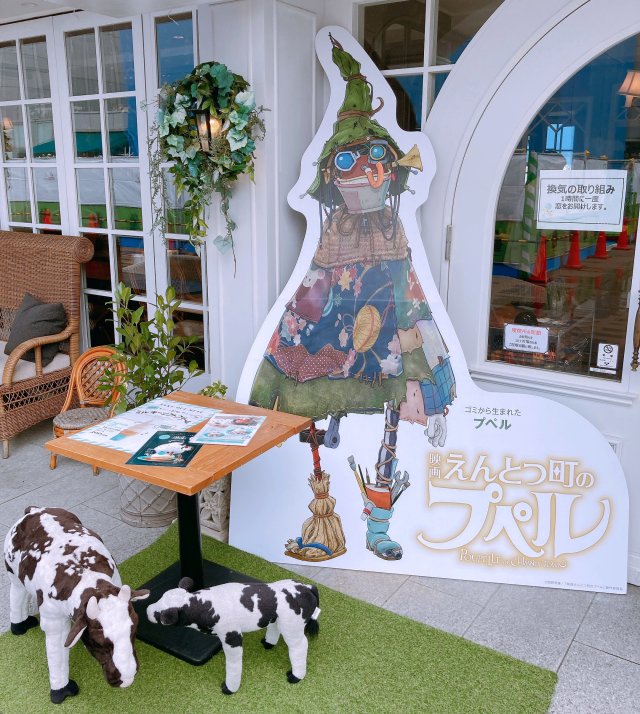
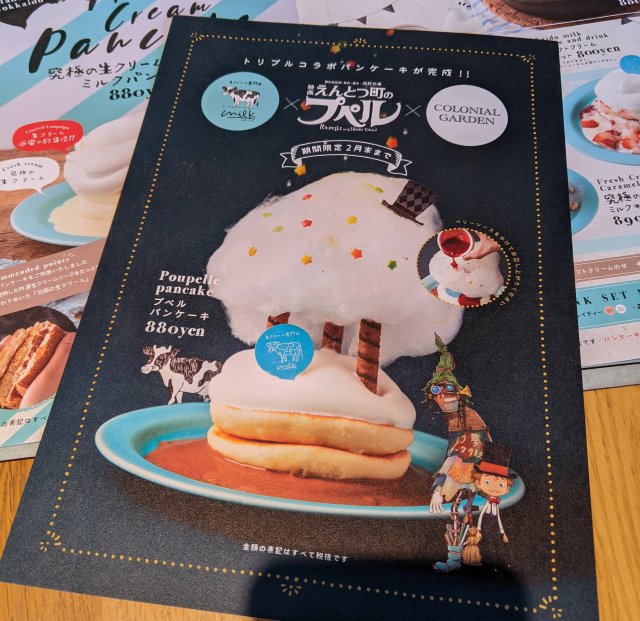
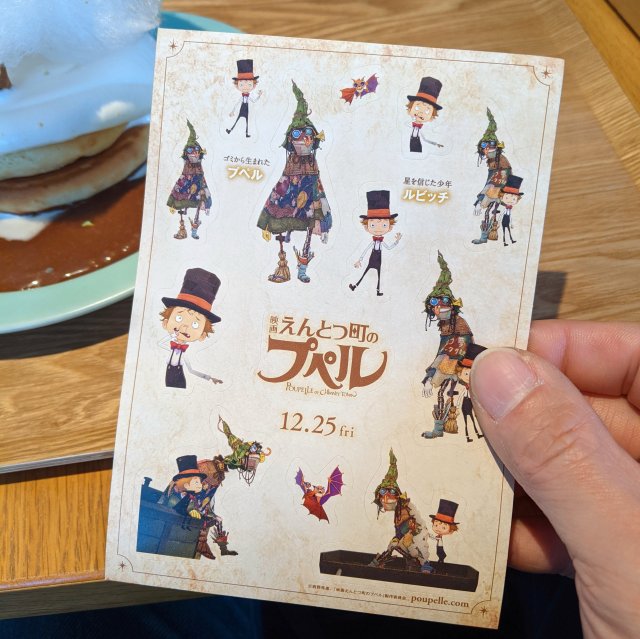
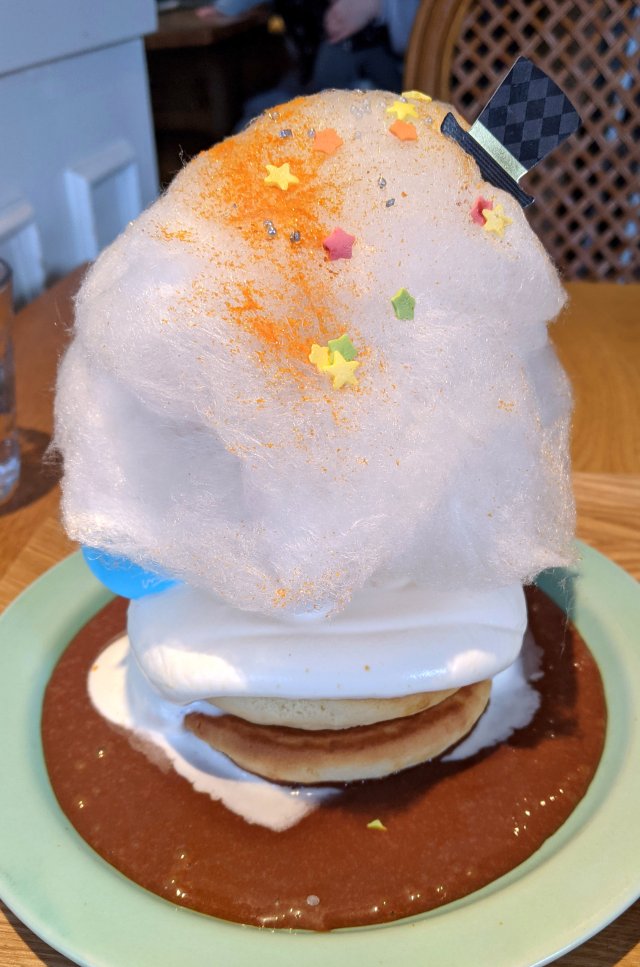
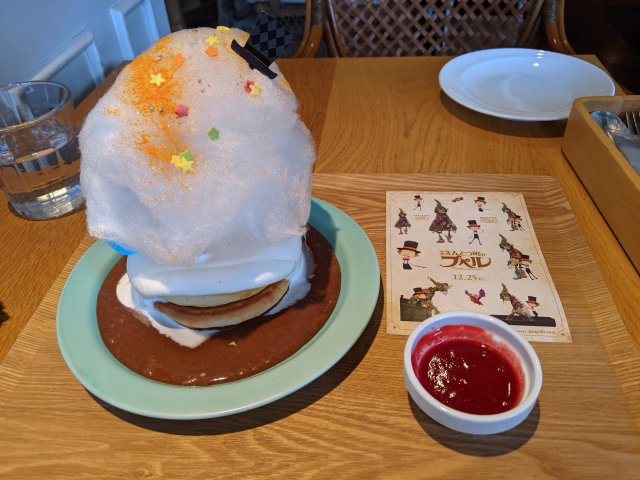
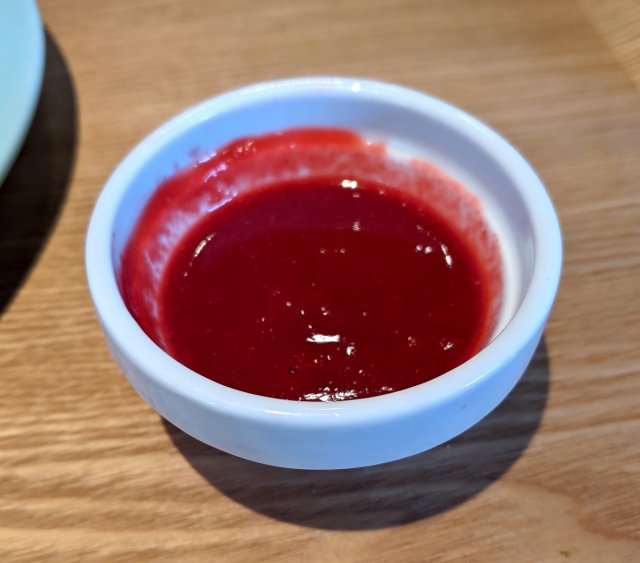
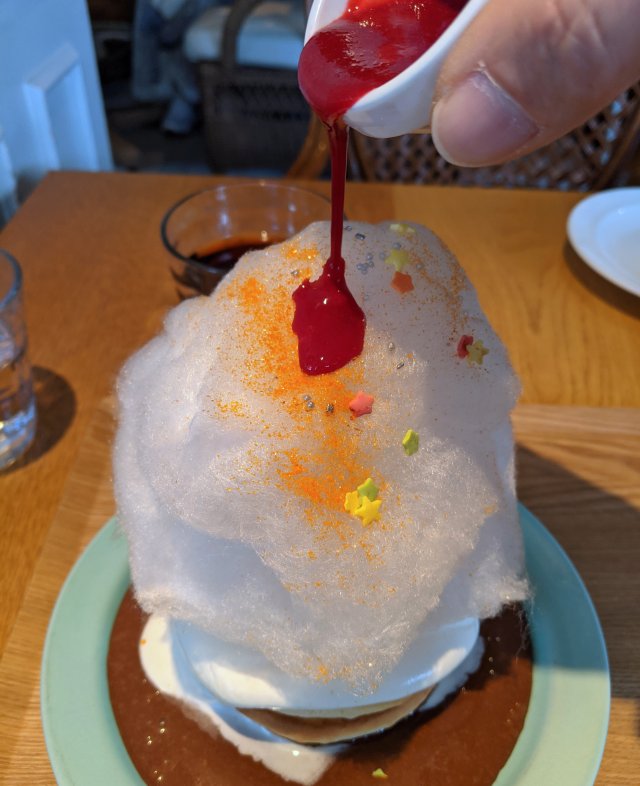



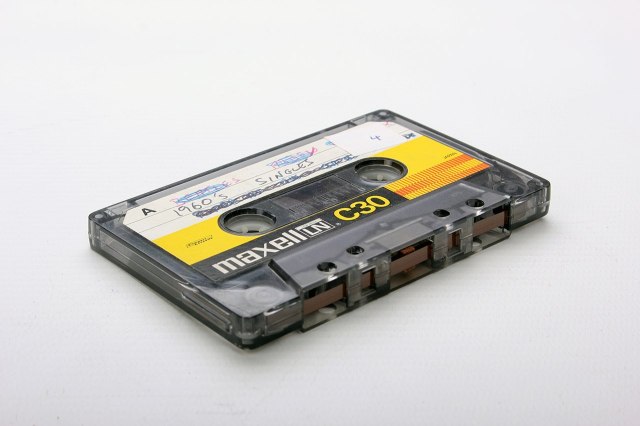



 ฅU•ﻌ•Uฅ
ฅU•ﻌ•Uฅ (@olamin2003)
(@olamin2003) 




